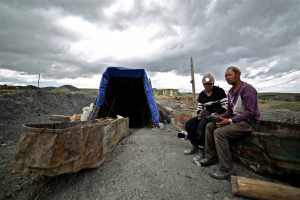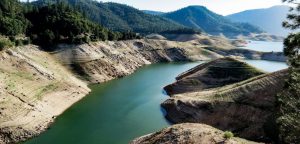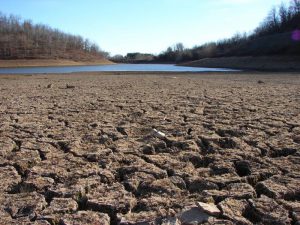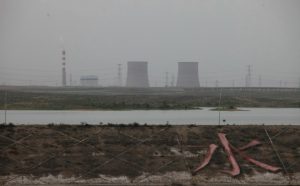Just like homeowners who do not think twice about water supply when they turn on the tap, financial advisors considering investing in companies or new products took water for granted. The same went for governments and multilateral finance institutions, like the World Bank and the Asian Development Bank, when they considered loans to build dams, power plants, and mines.
That was before the world’s population and demand for water soared. It was before climate change disrupted previously stable cycles of rain, snow, and storms. It was before the Internet strengthened global alliances that helped train and support civic organisations that oppose water-wasting and polluting projects. And it was before water-related risks were a factor in causing a lengthening string of big dams, mines, power plants, and farm projects around the world to fail, resulting in billions of dollars in losses.
Water-related risks are a factor in causing a lengthening string of big dams, mines, power plants, and farm projects around the world to fail, resulting in billions of dollars in losses.
The speed of the transition from relatively stable to unstable global water conditions, and the extent of the losses, has surprised business executives and government officials. It also dismayed the international investment community, which is responding with a first generation of digital tools and financial models to better understand the economic risks of drought, floods, pollution, and social unrest prompted by shrinking reserves of fresh water.
“Companies have a diversity of risks out there,” said Bruce Kahn, a portfolio manager at Sustainable Insight Capital Management, a New York-based fund management firm. “Every company wants to minimise those risks to its core business. Water is a risk that is becoming more important. One bad drought can cause big losses.”
Losses From Water-Related Risks
California last year, for instance, took over 404,000 hectares (1 million acres) of cropland and orchards out of production due to a stubborn drought. In 2014 the drought caused over US$2 billion in farm losses, according to agronomists.
South Africa’s two-year drought has cut grain production by nearly half and strengthened civic campaigns to stop development of water-consuming coal mines and coal-fired power plants. Venezuela is experiencing such severe water scarcity that work weeks have been cut to two days because of shortages of electrical production from hydropower plants.
Water-related risks are destabilising global energy markets. China’s pivot away from coal, for example, has contributed to an economic depression in the international coal sector. Prices have fallen. Most large American coal companies are in bankruptcy.
Coal production and combustion consume immense amounts of water. In February, China announced it was closing 1,000 coal mines, nearly 10% of the total number of mines. In April, China issued a notice that it would not build 200 new coal-fired power plants capable of generating 105,000 megawatts of electrical capacity. That is equivalent to 10% of the generating capacity in the US.
Both Chinese announcements respond to severe water scarcity across China’s dry north, where most of the nation’s coal mines are located, and where national and provincial leaders planned to build a sizable share of new coal-fired plants.
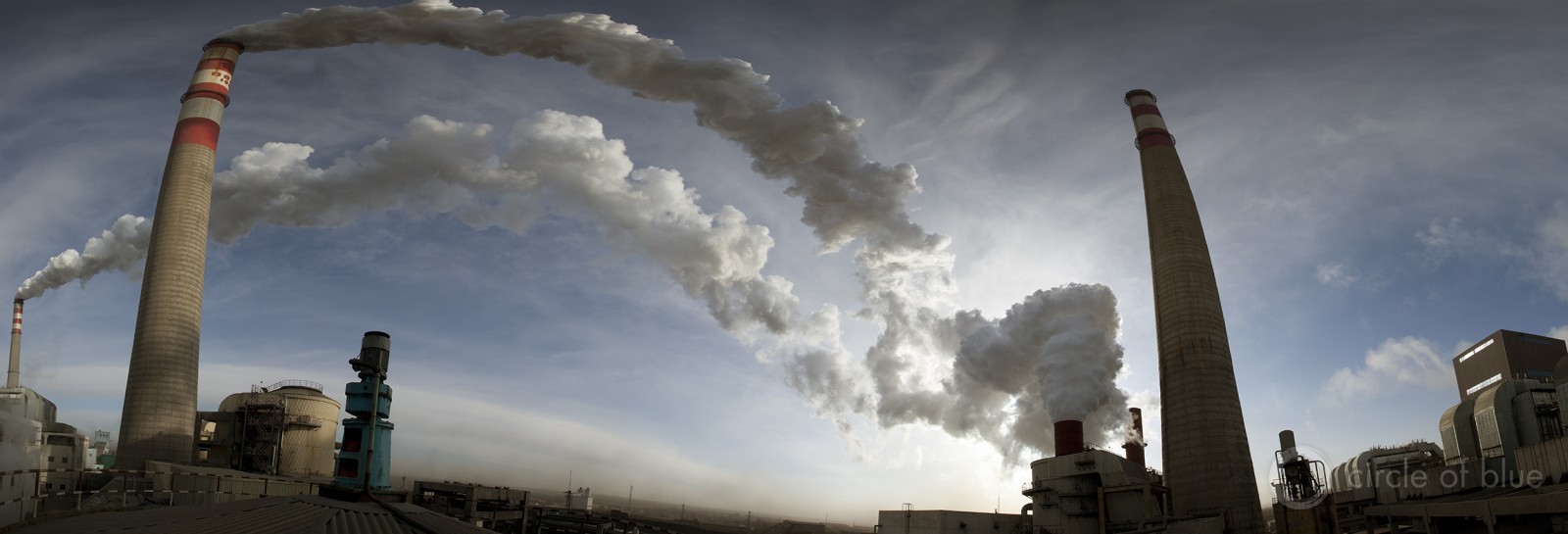
Coal combustion consumes immense amounts of water. In April, China issued a notice that it would not build 200 new coal-fired power plants capable of generating 105,000 megawatts of electrical capacity. That is equivalent to 10 percent of the generating capacity in the United States. Photo © Aaron Jaffe / Circle of Blue
New Assessment Models
Bruce Kahn and Sustainable Insight Capital Management are among the investment advisors that have developed internal models to assess water risks of companies and projects that attract their interest. Kahn also participates in the development of a suite of publicly available on- and off-line tools that are designed to anticipate the financial jeopardy caused by unstable water supplies.
One of those tools is Aqueduct, an online mapping tool developed by the World Resources Institute that merges data on climate and socioeconomic projections by the International Panel on Climate Change. The tool crunches those numbers and identifies the regions experiencing the highest exposures to water-related risks.
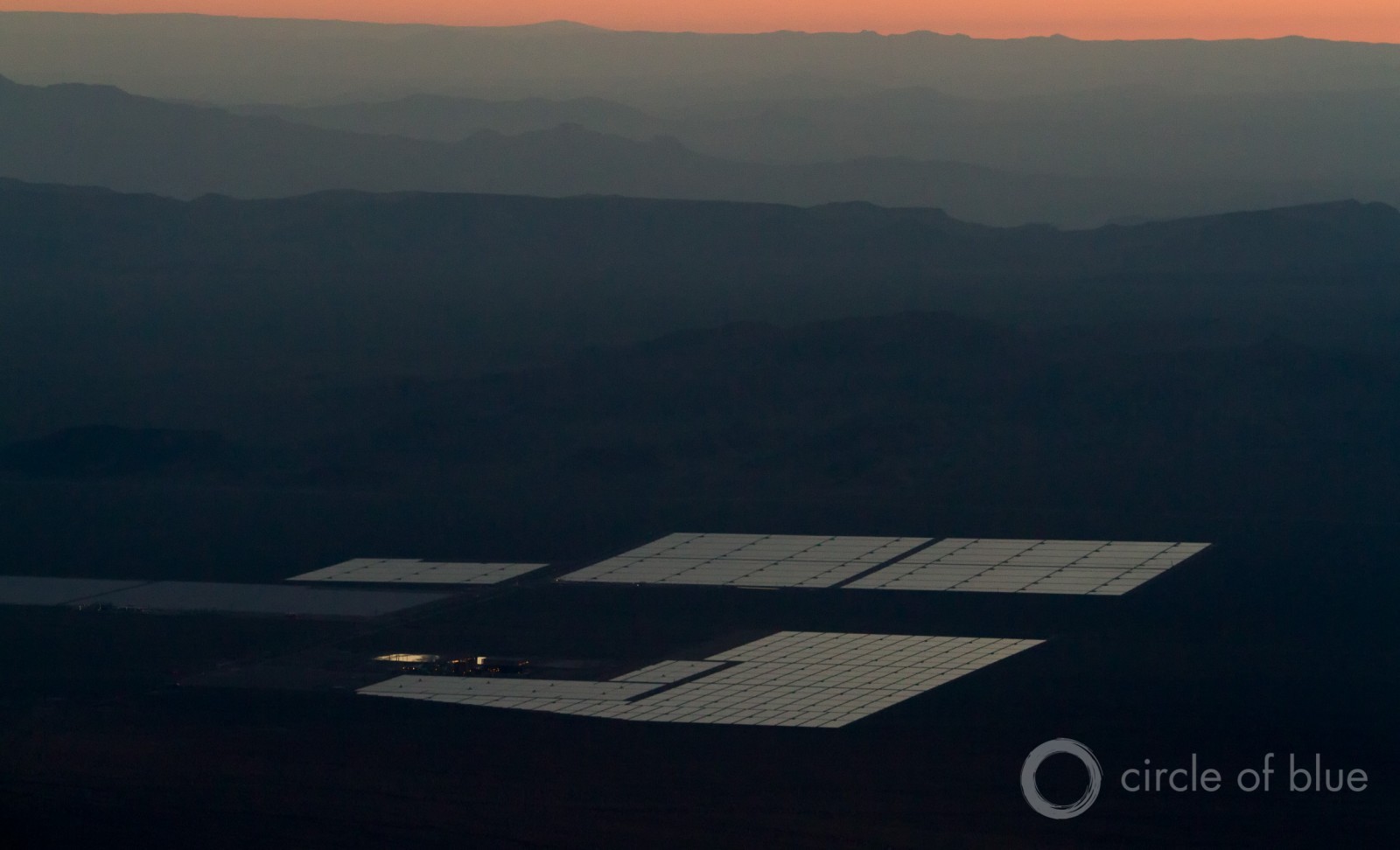
Renewable sources of electricity, like this photovoltaic solar plant in Nevada, use little water and are not nearly as disrupted by water scarcity as conventional fossil fuel or nuclear plants. Photo © J. Carl Ganter / Circle of Blue
WRI researchers note that the tool has provided valuable new evidence that the risk of uncertain water supply is pushed upward not just due to droughts, floods, or pollution. Population growth and rising demand for fresh water “drives the greatest increases in water stress.”
Another of the first generation tools is Bloomberg’s Water Risk Valuation Tool, which aims to understand risks in the mining sector from water-related supply and social disruptions. The Water Risk Valuation Tool, included on Bloomberg’s data terminal, helps investors close the gap between water-related risks and the financial gains or losses of a potential investment. Bloomberg developed its water risk tool two years after the company introduced a similar tool for understanding financial risks from carbon emissions.
The speed of the transition from relatively stable to unstable global water conditions, and the extent of the losses, has surprised business executives and government officials.
The new Bloomberg tool comes as water-related disruptions in the mining industry increase. Earlier this year, for instance, Newmont Mining shut down development of the US$4.8 billion Conga copper and gold mine in the Andes of northern Peru. Residents of the region fought the company and the government because of their concerns about water pollution and disrupted supplies.
A third water risk tool is under development by RMS, the California-based research group that prepares financial models for projecting losses from environmental catastrophes. The firm’s research team in London is developing a risk model devoted to projecting financial losses from future droughts.
Dominic Smith, a senior RMS manager, explained in an interview that “companies face ongoing concerns and new risks they haven’t seen in their history. We ask, ‘What is their resilience to those?’”
The RMS tool, said Smith, is essentially a financial stress test. RMS has developed data that looks backward to evaluate the economic consequences of previous droughts. It then incorporates meteorological and climate projections, based on climate change science, to understand how scarce water supplies influence financial performance. As a tool for banks and investors, said Smith, “the model is forward looking. It tries to understand how to make better financial decisions and understand risk overall.”
Economies At Stake
The need for such tools grows more urgent. The accumulating evidence of financial losses from unstable water supplies caused the World Economic Forum earlier this year to rank water-related crises as the top global risk to industry and society over the next decade. This month the World Bank issued a study that found that growing populations, rising incomes, and expanding cities will push demand for water up at the same time water supplies become more erratic.
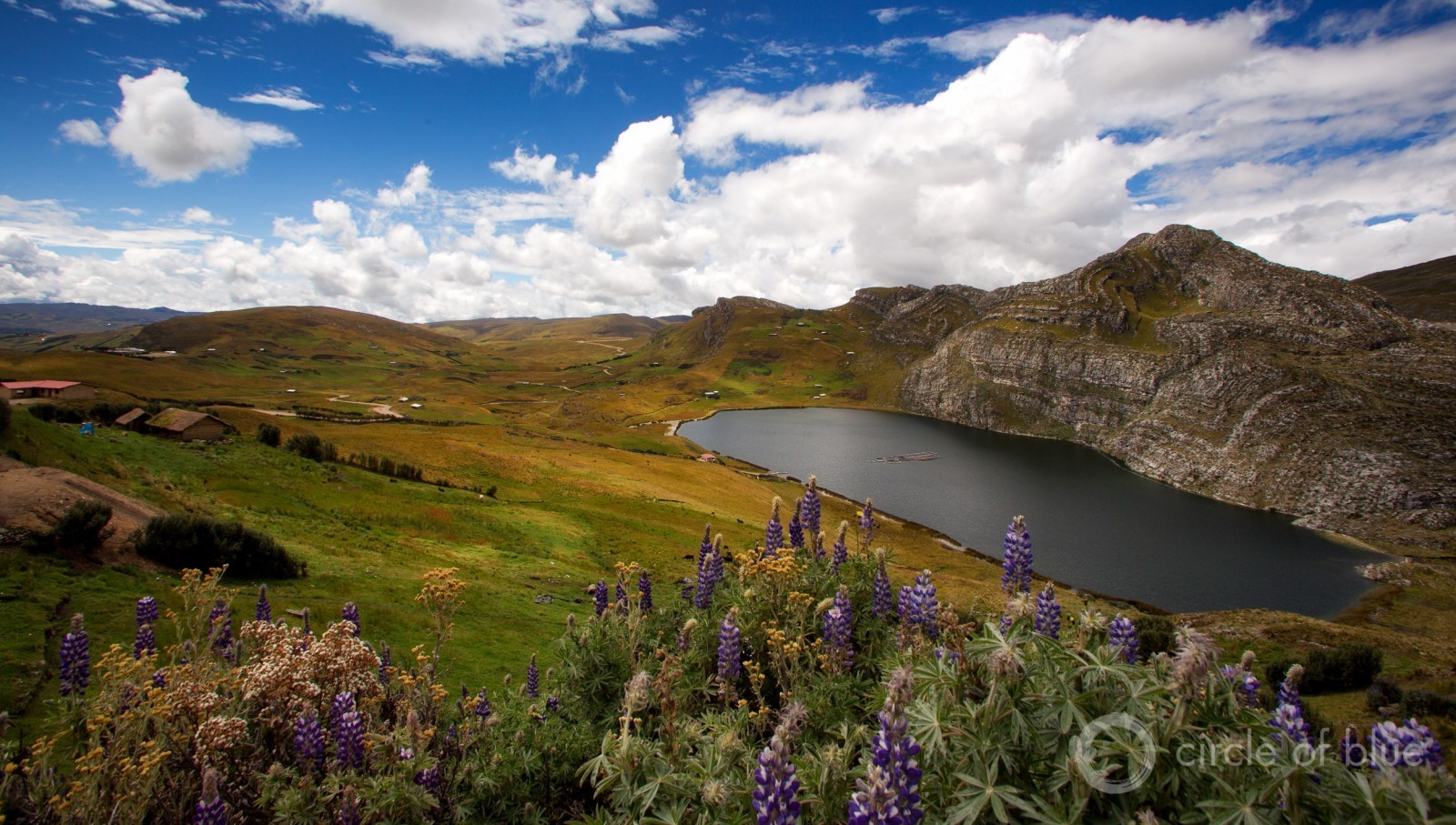
Citizen opposition in the Andes forced Newmont Mining, the world’s second-largest gold producer, to abandon its $US 4.8 billion Conga copper and gold mine near this site in Peru. Photo © J. Carl Ganter / Circle of Blue
The two trends, said the authors of the World Bank report, could shrink the economies of some regions by 6% by mid-century.
“Water scarcity is a major threat to economic growth and stability around the world, and climate change is making the problem worse,” World Bank President Jim Yong Kim said in a statement accompanying the report’s release. “If countries do not take action to better manage water resources, our analysis shows that some regions with large populations could be living with long periods of negative economic growth.”
Ceres Is Innovation Center
Among the organisations that were first to recognise the collision between water risks and financial performance was Ceres, the Boston-based nonprofit that advocates for sustainable business and investment practices, and directs the Investor Network on Climate Risk, a network of over 120 institutional investors with more than US$14 trillion in total assets.
Five years ago Ceres collaborated with the World Business Council for Sustainable Development, Irbaris, and the IRRC Institute to develop Aqua Gauge. Executives and investors use the Excel-based tool to evaluate 20 core facets of water risk and produce a display of a company’s water stewardship performance.
Last year Ceres released “An Investor Handbook for Water Integration,” which surveyed 35 institutional investors around the world. The Ceres project offered recommendations on how to integrate water risks into investment policies, portfolio management, strategic planning, and client relationships.
Along with the Handbook, Ceres launched an Investor Water Hub, a group of institutional investors that focus on deepening their awareness of water risks and improving analytic practices.
“The idea is to get the financial community to up their game and develop better thinking about their water awareness,” said Monika Freyman, the Ceres Water Program’s director of investor initiatives. “I’m pleasantly surprised. It’s grown rapidly from a small group of a dozen in March 2015 to several dozen that actively participate now.”

A nuclear accident at new plants in the United Arab Emirates could contaminate the Arabian Gulf and strand desalination plants like this one in Qatar that converts Arabian Gulf seawater to drinking water. Photo © J. Carl Ganter / Circle of Blue
In interviews, finance managers described the challenge of making investment decisions that generate reasonable returns while understanding the growing systemic risks around water. Fund managers seek companies with elite expertise in managing water.
Better understanding of the financial losses that follow droughts and storms could also begin curbing the appetite for mega energy and mining projects that consume water in drying regions, or constructing big hydropower dams in the Himalayas and other regions with dangerous flooding.
“I’ve been at Citi almost 11 years,” said Courtney Lowrance, the bank’s head of environmental and social risk management. “It’s been a struggle to factor in environmental and social risk into financial models. It’s one of the things that’s starting to happen more and more. My number one priority is to connect environmental and social risk into financial risk.”
“When we talk to investors, water risk is one of the biggest questions we get consistently,” added Jason Scott, managing partner of Encourage Capital, an asset management and investment research firm based in New York. “It was a generic question in the last five to ten years. In the last 18 months it’s received a very high level of scrutiny. People are calling. Former governors, lawyers, investors asking what would happen if a set of circumstances around water risks were happening.”

